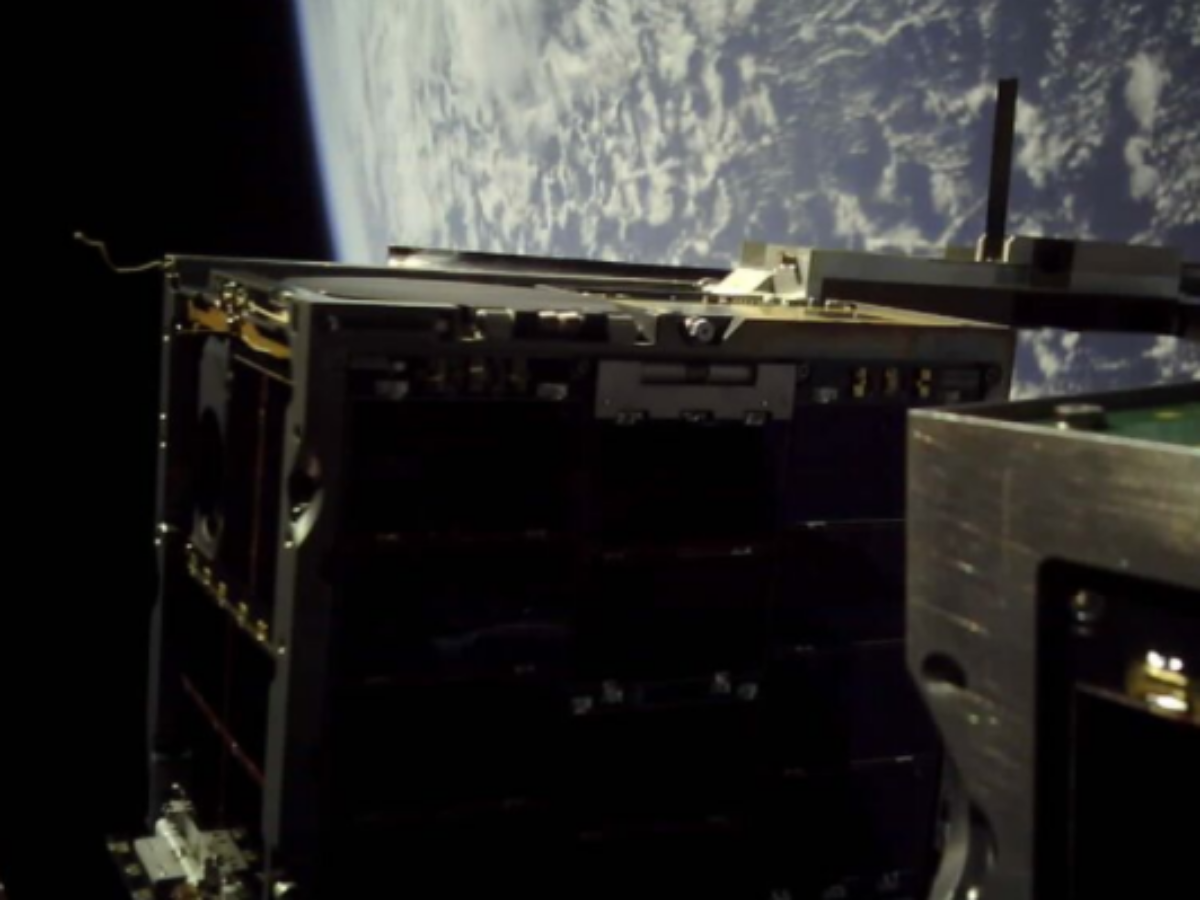Defence testing satellite tech in space

UNSW Canberra has conducted a controlled separation of the Australian M2 satellites which have been orbiting the globe since being launched in New Zealand by Rocket Lab in March.
The mission, a collaboration between the University of New South Wales (UNSW) Canberra Space and the Royal Australian Air Force, conducted the separation phase into two cube satellites (cubesats), M2A and M2B, on Friday.
The Head of Air Force Capability, Air Vice-Marshal Cath Roberts, and the Director General Air Defence and Space, Air Commodore Philip Gordon, confirmed the success of the phase of the Australian M2 satellite mission.
UNSW Canberra Space director, Russell Boyce took to social media to announce: “We have gently gently separated the two M2 cubesats (pictured) from each other.
“We’re into the formation flying stage.
“A careful drift will be followed by formation stabilisation employing low Earth orbit (LEO) aerodynamics, and then it will be time for next steps in this space research and space technology demonstration mission.”
Air Vice-Marshal Roberts said the separation enabled research into formation flying, satellite control mechanisms, maritime surveillance, space domain awareness, and inter-satellite communications.
“This collaboration allows small satellites to be used for evaluation of technologies that may eventually be placed onto more complex space systems, such as large communications or earth observation satellites,” she said.
Air Vice-Marshal Cath Roberts said the M2 mission is Australia’s most complex CubeSat mission.
She said: “In a world first, M2 is carrying the first neuromorphic cameras to be placed into orbit.
“Western Sydney University’s International Centre for Neuromorphic Systems (ICNS) leads development of these biology-inspired event based cameras, delivering advanced capability for tracking small and fast moving objects.”
The UNSW Canberra Space team also achieved an Australian first, performing in-space artificial intelligence inferencing using on-board computing.
This represents a significant step towards developing intelligent, networked satellite constellation technologies.
M2A and M2B will be able to communicate with each other as well as ground stations on earth, giving better quality data, with greater detail and less lag time.
Boyce saluted the team which achieved the M2 mission.
“My hat is off to Australia’s most experienced sovereign space mission team – based in a university – utterly creative and innovative, yet utterly and rigorously professional in our approach to space systems engineering and space operations.
“Incredibly proud of you all.”
See also: Mission takes Aussie space camera into space.
Picture UNSW Canberra Space
Subscribe to our free @AuManufacturing newsletter here.
Topics Manufacturing News
@aumanufacturing Sections
Analysis and Commentary Awards Defence Manufacturing News Podcast Technology Videos






